
Welcome to the biweekly electronic newsletter from Stanford Bio-X for members of the Bio-X Corporate Forum. Please contact Dr. Hanwei Li, the Bio-X Corporate Forum Liaison if you would like to be added or removed from this distribution list, or if you have any questions about Stanford Bio-X or Stanford University.
Highlights
** On October 9, 2013, Bio-X celebrated the 10th Anniversary of the James H. Clark Center, the hub of Bio-X. Check out CLARK CENTER @ 10X as well as the Bio-X Timeline over the last 15 years!!
** Check out the article by Stanford President John Hennessy in the Nov/Dec 2013 issue of the Stanford Magazine on Bio-X and the Clark Center, "A Cauldron of Innovation".
Bio-X Core Programs
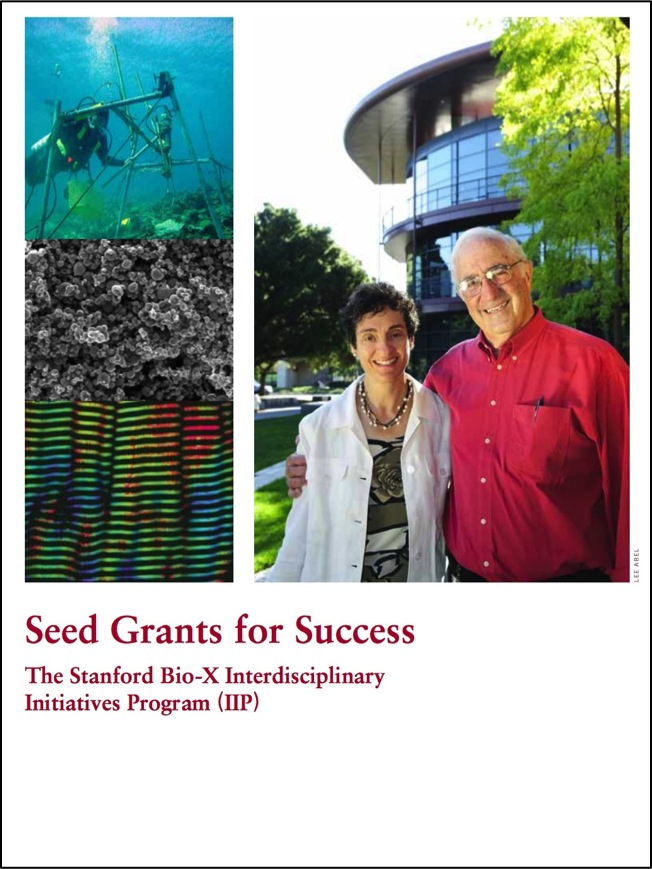 SEED GRANTS FOR SUCCESS - Stanford Bio-X Interdisciplinary Initiatives Program (IIP) SEED GRANTS FOR SUCCESS - Stanford Bio-X Interdisciplinary Initiatives Program (IIP)The Bio-X Interdisciplinary Initiatives Program represents a key Stanford Initiative to address challenges in human health. Currently, the IIP awards approximately $4 million every other year in the form of two-year grants averaging about $200,000 each. From its inception in 2000 through the beginning of the seventh round in 2014, the program has provided critical early-stage funding to 164 different interdisciplinary projects, involving collaborations from over 750 faculty members, and creating over 700 teams from six different Stanford schools. From just the first 6 rounds, the IIP awards have resulted in a 10-fold-plus return on investment, as well as hundreds of publications, dozens of patents filed, and most importantly, the acceleration of scientific discovery and innovation. 2014 is the start of the 7th round of the Bio-X IIP Seed Grants Program, and 22 newly awarded projects were selected from 142 Letters of Intent (LOIs)! This has been the largest number of LOIs that Bio-X has received. Please go here to check out the newly awarded projects. Competition was intense, and the selection criteria included innovation, high-reward, and new interdisciplinary collaborations. (To view the 142 other IIP projects that have been funded from the previous 6 rounds, please click here.) |
 Bio-X FELLOWSHIPS Bio-X FELLOWSHIPSEvery year, graduate students and postdoctoral scholars of Bio-X affiliated faculty are highly encouraged to apply for the Bio-X Fellowships, which are awarded to research projects that are interdisciplinary and utilize the technologies of different fields to solve different biological questions. Students are encouraged to work collaboratively with professors of different departments, thus creating cross-disciplinary relationships among the different Stanford schools. Our fellows have conducted exciting research, resulting in publications in high-impact journals and have been offered excellent positions in industry and academia. To date, with the 19 new awardees of 2014, Stanford Bio-X has a total of 173 Fellows. The winners of the 2015 PhD Fellowship program will be announced later on this year. You can view the numerous Fellowship projects that have been awarded over the years as well as oral presentations from previous symposiums here. |
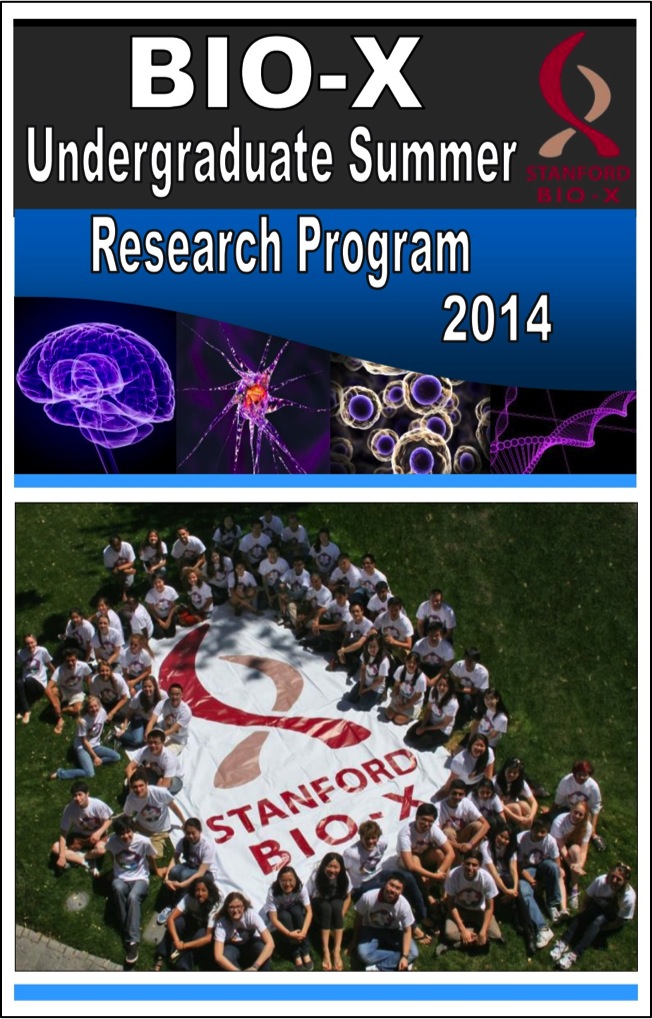 Bio-X UNDERGRADUATE SUMMER RESEARCH PROGRAM Bio-X UNDERGRADUATE SUMMER RESEARCH PROGRAMThe Bio-X Undergraduate Summer Research Program supports undergraduate research training through an award designed to support interdisciplinary undergraduate summer research projects. The program is an invaluable opportunity for students to conduct hands-on research, learn how to carry out experiments in the laboratory, and develop the skills to read and analyze scientific literature. This program is eligible to Stanford students who want to work in the labs of Bio-X affiliated faculty. To date, with 65 new awardees from the 154 applications submitted in 2014, 306 students have been awarded the opportunity to participate in the Bio-X Undergraduate Summer Research Program. The winners of the 2015 USRP will be announced very soon! Participating undergraduates are also required to present poster presentations on the research that they've conducted during the program. Please click here for title lists of past posters that our undergraduates have presented. |
We are cultivating and are highly successful in building meaningful collaborations with numerous corporate colleagues. New collaborations through our core programs are highly encouraged. To learn about how to get involved, please contact Dr. Hanwei Li, or Dr. Heideh Fattaey.
Bio-X also holds symposiums every year that highlight our core programs. The latest one was on February 25, 2015, where over 300 people attended Bio-X's latest Interdisciplinary Initiatives Seed Grants Program Symposium. There were 8 different oral presentations from faculty members who were awarded Bio-X Seed Grants on the progress that they have made with the funding towards their projects, as well as a packed poster session with 100+ research projects presented. Please stay tuned for future Bio-X symposiums that are coming up this year!
If you'd like to learn more about any of the projects that were presented during the entire symposium, please contact Dr. Hanwei Li with your questions.
News
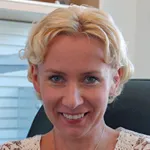
 Wysocka, Shenoy named HHMI investigators
Wysocka, Shenoy named HHMI investigators
Featuring Bio-X Affiliated Faculty Joanna Wysocka and Krishna Shenoy
Two Stanford University researchers are among 26 scientists from 19 institutions newly appointed as Howard Hughes Medical Institute investigators, the institute announced today. They were chosen through a competitive selection process from a pool of nearly 900 candidates. The two Stanford researchers are Joanna Wysocka, MD, PhD, an associate professor of chemical and systems biology and of developmental biology in the School of Medicine, and Krishna Shenoy, PhD, a professor of electrical engineering in the School of Engineering. ... With today’s appointments, Stanford now has 22 HHMI investigators, 18 of whom are faculty of the medical school.

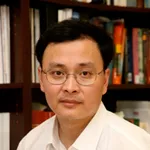 Nicholas Melosh Wins Cal-BRAIN Grant for Neuroengineering Research
Nicholas Melosh Wins Cal-BRAIN Grant for Neuroengineering Research
Featuring Bio-X Affiliated Faculty Nicholas Melosh and Hongjie Dai
Two Stanford University faculty members developing techniques for monitoring neurons as they fire signals throughout the brain got a boost in the first round of funding by California’s neuroscience research grants program, Cal-BRAIN. Both projects could help neuroscientists better understand how the brain learns and remembers, or probe what goes awry in mental health conditions, neurodegenerative diseases and other conditions. ... One award went to Nicholas Melosh, associate professor of materials science and engineering and of photon science, who has been refining the electrodes neuroscientists use to record the activity of single neurons. ... The second award went to Hongjie Dai, professor of chemistry, who will be developing better technologies for observing neurons as they fire inside the brain.
 Foreign antibodies mobilize immune system to fight cancer, researchers find
Foreign antibodies mobilize immune system to fight cancer, researchers find
Featuring Bio-X Affiliated Faculty Edgar Engleman
A type of immune cell can be primed to attack and eliminate various kinds of malignant cancers in mice, according to a study by Stanford University School of Medicine researchers. The researchers studied mouse models of melanoma, pancreatic, breast and lung cancer and found that their technique could eliminate not only primary tumors, but also distant metastases throughout the body. “The potency is impressive,” said Edgar Engleman, MD, PhD, a professor of pathology and of medicine at Stanford and the senior author of the study. “You actually see tumor eradication.” The procedure described in the paper has not yet been applied to humans, but initial in vitro work with human cancer cells indicates a similar immune-cell response. Unlike many potential treatments that apply to specific cancers, this method could target a wide range of solid tumors, the researchers said. A paper describing the findings were published online April 29 in Nature. The lead author is postdoctoral scholar Yaron Carmi, PhD.
 Adults harbor lots of risky autoreactive immune cells, study finds
Adults harbor lots of risky autoreactive immune cells, study finds
Featuring Bio-X Affiliated Faculty Mark Davis
Decades’ worth of textbook precepts about how our immune systems manage to avoid attacking our own tissues may be wrong. Contradicting a long-held belief that self-reactive immune cells are weeded out early in life in an organ called the thymus, a new study by Stanford University School of Medicine scientists has revealed that vast numbers of these cells remain in circulation well into adulthood. “This overturns 25 years of what we’ve been teaching,” said Mark Davis, PhD, professor of microbiology and immunology and director of Stanford’s Institute for Immunity, Transplantation and Infection. Davis, the senior author of the new study, is the Burt and Marion Avery Family Professor and a Howard Hughes Medical Institute investigator. The lead author of the study, published May 19 in Immunity, is Wong Yu, MD, PhD, a clinical instructor in hematology and a research associate in the Department of Microbiology and Immunology.
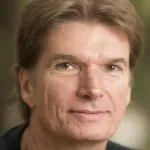 Stanford engineers discover how microbes acquire electricity in making methane
Stanford engineers discover how microbes acquire electricity in making methane
Featuring Bio-X Affiliated Faculty Alfred Spormann
Stanford University engineers have solved a long-standing mystery about methanogens, unique microorganisms that transform electricity and carbon dioxide into methane. In a new study, the Stanford team demonstrates for the first time how methanogens obtain electrons from solid surfaces. The discovery could help scientists design electrodes for microbial "factories" that produce methane gas and other compounds sustainably. "There are several hypotheses to explain how electrons get from an electrode into a methanogen cell," said Stanford postdoctoral scholar Jörg Deutzmann, lead author of the study. "We are the first group to identify the actual mechanism." The study is published in the current issue of the journal mBio. "The overall goal is to create large bioreactors where microbes convert atmospheric carbon dioxide and clean electricity from solar, wind or nuclear power into renewable fuels and other valuable chemicals," said study co-author Alfred Spormann, a professor of chemical engineering and of civil and environmental engineering at Stanford. "Now that we understand how methanogens take up electricity, we can re-engineer conventional electrodes to deliver more electrons to more microbes at a faster rate."
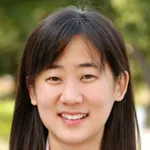 Scientists find way to monitor progress of stem cells after transplantation into brain
Scientists find way to monitor progress of stem cells after transplantation into brain
Featuring Bio-X Affiliated Faculty Jin Hyung Lee
Investigators at the Stanford University School of Medicine have devised a way to monitor neural stem cells after they’ve been transplanted into the brain. The scientists were able to determine not only whether the stem cells transplanted into living animals survived but whether they matured into nerve cells, integrated into targeted brain circuits and, most important, were firing on cue and igniting activity in downstream nerve circuits. The new monitoring technique could in principle be used to determine the success of other kinds of stem cell transplantations. It promises in the near term to improve researchers’ ability to optimize stem cell therapies in animal experiments and, in the intermediate term, to speed progress in human trials of stem cell replacement therapy, a promising but problem-plagued medical intervention. Many disorders of the central nervous system, such as Parkinson’s disease, are characterized by defective nerve cells in specific brain regions. This makes disorders such as Parkinson’s excellent candidates for stem cell therapies, in which the defective nerve cells are replaced. But the experiments in which such procedures have been attempted have met with mixed results, and those conducting the experiments are hard put to explain them. There’s been no good way to evaluate what the transplanted stems cells are doing. So optimizing the regimens becomes a matter of guesswork and luck. “That’s the key missing step in stem cell therapy design: Once you’ve transplanted the cells, you can’t tell exactly what they’re doing afterwards,” said Jin Hyung Lee, PhD, assistant professor of neurology, of neurosurgery and of bioengineering. In the case of brain-oriented therapies, you have to look for behavioral changes, she said. “And even when you see them, you still don’t know whether the newly transplanted cells integrated into the right brain circuits and are now functioning correctly there.” Now there’s a way to tell.
Scientists find genetic signature enabling early, accurate sepsis diagnosis
Featuring Medicine Faculty Purvesh Khatri
Investigators at the Stanford University School of Medicine have identified a pattern of gene activity that could help scientists create a blood test for quickly and accurately detecting whether patients are experiencing a deadly immune-system panic attack. Sepsis is a whole-body inflammation syndrome set off when the immune system wildly overreacts to the presence of infectious pathogens. It is the leading cause of hospital deaths in the United States, accounting for nearly half of the total number, and is tied to the early deaths of at least 750,000 Americans each year. Its estimated annual cost to the health-care system exceeds $24 billion. The great majority of sepsis cases are caused by bacterial rather than viral infections and are best treated with antibiotics. But antibiotics are unhelpful — and can be counterproductive — when a patient has an outwardly similar but infection-free syndrome called sterile inflammation, an intense, systemic inflammatory response to traumatic injuries, surgery, blood clots or other noninfectious causes. “It’s critical for clinicians to diagnose sepsis accurately and quickly, because the risk of death from this condition increases with every passing hour it goes untreated,” said Purvesh Khatri, PhD, assistant professor of biomedical informatics research.
Events
| Biochemistry May 20, 2015, 4 pm - 5 pm Clark Center Auditorium, Stanford, CA Frontiers in Biology: How cells use chemistry and physics to break the bones that power their movement Speaker: Enrique de la Cruz, Yale University |
Bio-X June 1, 2015, 12 pm - 1:05 pm Clark Center S361, Stanford, CA Bio-X Frontiers in Interdisciplinary Biosciences Pre-Seminar (in preparation for Dr. Olga Boudker's talk, "Membrane transporters beyond crystal structures: Dynamics and Thermodynamics of glutamate transporters" on June 4, 2015) Speaker: Peter Kim, Stanford, Chemistry |
Resources
| Stanford University |
| Stanford Bio-X |
| Bio-X Seed Grants The Stanford Bio-X Interdisciplinary Initiatives Program (IIP) provides seed funding for high-risk, high-reward, collaborative projects across the university, and have been highly successful in fostering transformative research. |
| Office of Technology and Licensing "Techfinder" Search the OTL Technology Portal to find technologies available for licensing from Stanford. |
| Stanford Center for Professional Development - Take advantage of your FREE membership! - Take online graduate courses in engineering, leadership and management, bioscience, and more. - Register for free webinars and seminars, and gets discounts on courses. |
| Stanford Biodesign Video Tutorials on how FDA approves medical devices A series of video briefs recently produced by the Stanford Biodesign Program teaches innovators how to get a medical device approved for use in the United States. This free, online library of 60 videos provides detailed information on the Food and Drug Administration regulatory process, short case studies and advice on interacting with the FDA. |
To learn more about Stanford Bio-X or Stanford University, please contact Dr. Hanwei Li, the Bio-X Corporate Forum Liaison, at 650-725-1523 or lhanwei1@stanford.edu, or Dr. Heideh Fattaey, the Executive Director of Bio-X Operations and Programs, at 650-799-1608 or hfattaey@stanford.edu.

